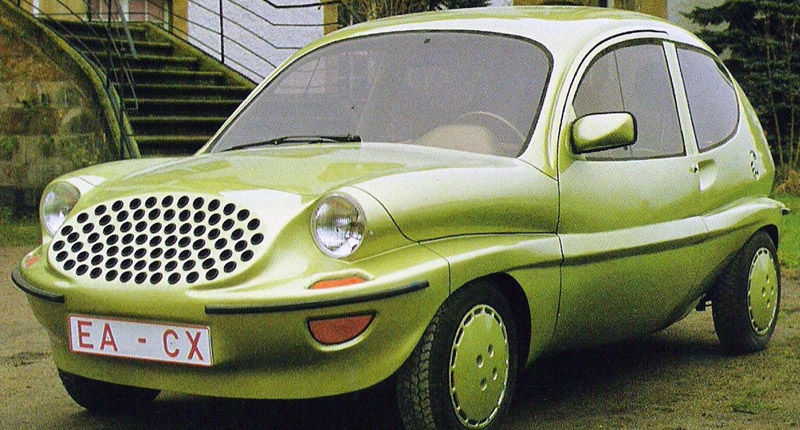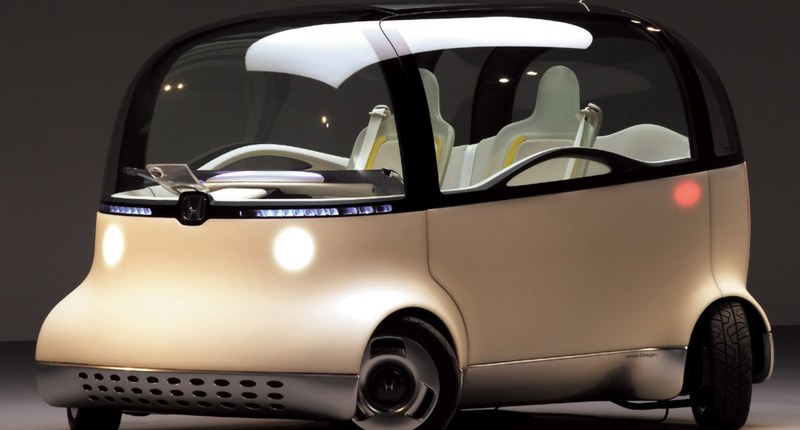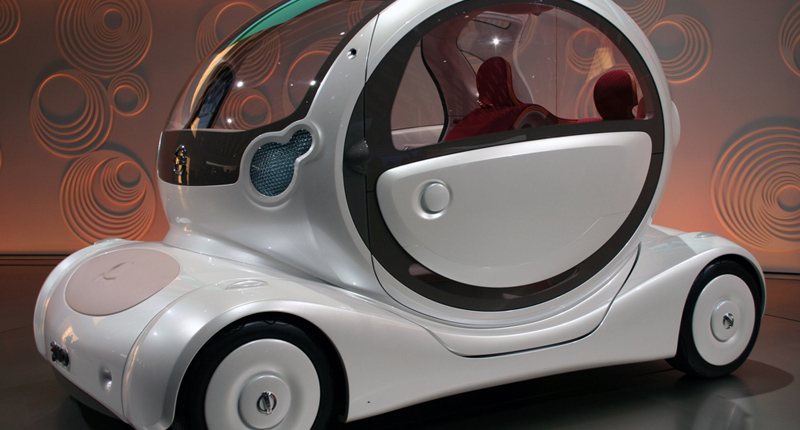Inbox icons, subject line sorcerers, CTA kings – the results are in. The 2025 You Mailed It Awards by Everlytic have crowned their champs, with Old Mutual Rewards and Machine_ taking…
7 of the ugliest concept cars ever conceived
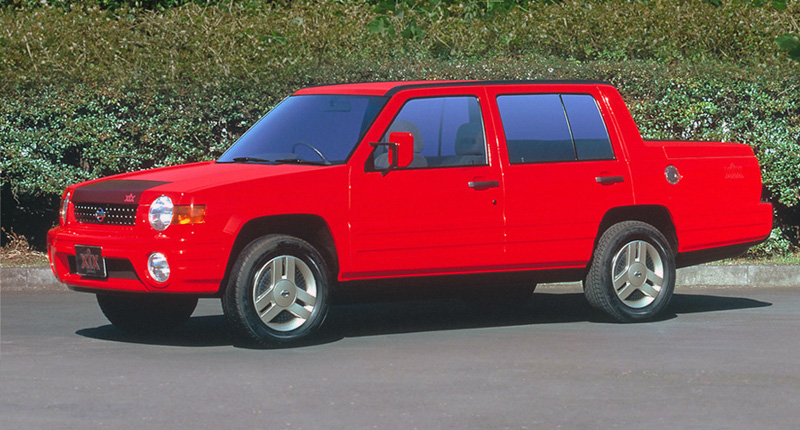
Look, we get it. Concept cars are designed to be daring. They’re meant to push boundaries. By definition, they’re spawned to test public reaction, with car-makers prodding and poking in search of yet another niche to ruthlessly exploit.
But sometimes, just sometimes (okay, a little too often for our liking) these manifestations of unbecoming thoughts end up nothing short of utterly hideous. The guilty automaker’s intention is never to make your eyes bleed – well, we’d hope not, anyway – but that doesn’t make their unsightly creations any easier to view.
Of course, what one onlooker deems repulsive could quite easily be described as charming or even handsome by another – which is what renders this list completely subjective. Beauty is in the eye of the beholder, after all.
Be that as it may, you’re going to struggle to convince us that each of these seven vehicular monstrosities hasn’t been beaten with a rather sizable ugly stick. Brutally assaulted, in fact. On multiple occasions.
Let’s just say we’re mighty relieved that none of these ghastly concepts ever went into production…
1. Sbarro Autobau (2010)
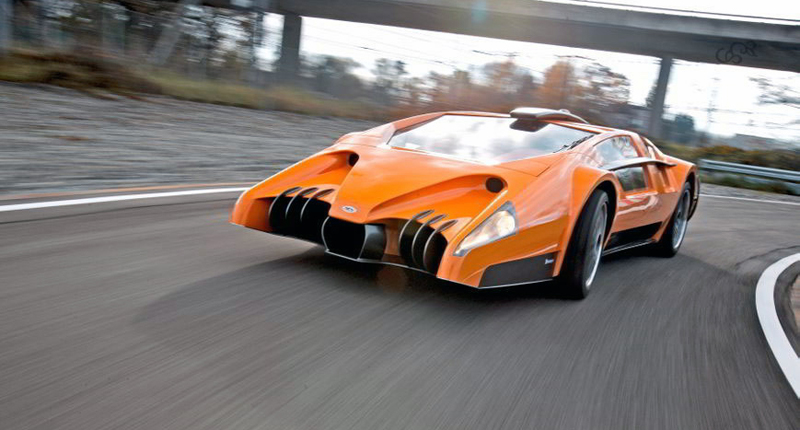
Back in 2010, Sbarro – a tiny Swiss high-performance automaker founded in 1971 – unveiled the super-strange Autobau at the Geneva Motor Show. From some angles (and probably in very poor light, if we’re honest), the Ferrari-engined beast bears an almost classic supercar presence. But from head-on – with that bizarre trident-shaped beak – the Autobau is an utter eyesore.
The vehicle, which also features a blood-red interior and an outlandish clamshell door, was conceived by Franco Sbarro as “a tribute†to his racing driver pal, Fredy Lienhard – the man behind Lista Racing. If we were Lienhard, we may have been somewhat offended. Friendship over.
2. Chrysler Voyager III concept (1990)
Okay, we’ll give the folks at Chrysler at least a little credit for this one: the Voyager III concept is a novel idea. The three-seater front cab detaches from the chunky rear module, which is itself capable of swallowing eight presumably American-sized humans (1990 editions, anyway). The notion behind it all is that the Chrysler is two vehicles in one – both efficient mini-car and spacious people-carrier.
Thing is, when the three-axle Chrysler Voyager III concept is functioning as one lengthy 11-seater, it’s not far short of repugnant. In fact, it sort of comes across as the result of a night of unbridled automotive passion between a hearse and a small aircraft. Thankfully, the idea jetted straight into an early grave.
3. Nissan XIX (1995)
Is it a pick-up truck? Is it a chunky sedan? We think it’s more the former than the latter, but either way the Sentra-based Nissan XIX is decidedly awful to behold. The name isn’t far behind, if we’re honest, with the folks at Nissan reckoning “XIX†is pronounced “kicksâ€. We’re not convinced.
The boxy Nissan first indecently exposed itself to the public at the 1995 Tokyo Motor Show, likely sending innocent little Japanese children fleeing in every direction. But it did have one (close to) redeeming factor: it boasted a crew cab configuration, something is has since become wildly popular in the world of pick-ups.
4. Volkswagen Colani Concept (1977)
Hold onto your hats, boys and girls, we’re racing far back in time for this one. Yes, the late seventies saw the completely uninviting Volkswagen Colani Concept splutter to life. Apparently, this strange creation was intended as a successor to the wildly successful VW Beetle. But, if you ask us, it makes the Bug look like an absolute oil painting.
Yes, the Colani Concept bears freakish proportions, but it’s that front grille that disturbs us most. In fact, since first viewing images of its, we’ve been struggling to sleep. Luigi Colani – who created some truly interesting vehicular prototypes, as well as oddball designs in the furniture, piano and kitchen spheres (we kid you not) – was the man behind the concept. We’re not sure we can forgive you, Luigi.
5. Honda PUYO (2007)
We guess you could describe the Honda PUYO as cute and kind of friendly – if that’s the sort of thing you look for in a car – but let’s face it: this 2007 fuel-cell concept isn’t even close to aesthetically appealing. In short, it’s a blob with no discernible corners. And, in case you’re wondering about that name, Honda says “PUYO†is an onomatopoeia that “expresses the sensation of touching the vehicle’s soft body”. Say it with us now…
Interestingly, though, this little gremlin features a gel body (below the glass-line, anyway) that makes being crashed into a little more pleasant and a little less deadly. Probably. The soft body material is also eerily luminescent, which kind of creeps us out.
6. Assystem City Car (2008)
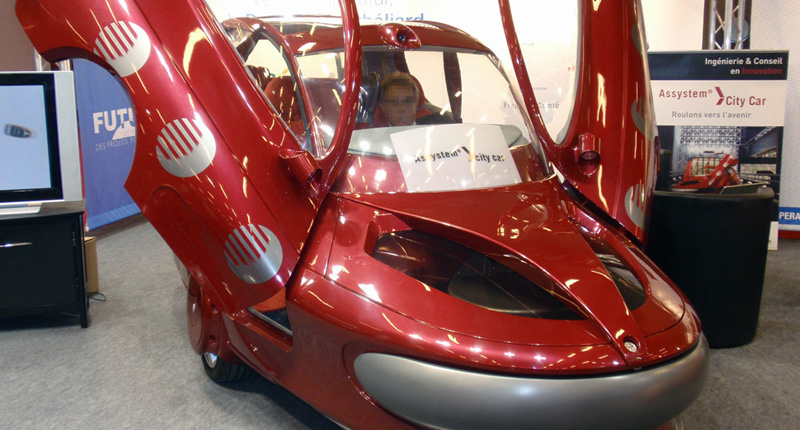
Assystem – we’ll attempt to ignore the unfortunate name – had a little help styling this hideous hybrid. The company’s partner in crime against design? None other than Franco Sbarro, the man behind the Autobau (see point 1 above). If nothing else, the Assystem City Car is proof than gullwing doors don’t make everything better, after all.
Offensive looks aside, this vehicle – with its wheels arranged in a diamond formation – is packed with tech, including an army of external cameras that can recognise road signs, pedestrians and traffic lights. The windscreen, meanwhile, is ostensibly capable of transforming into a liquid-crystal display linked to those very cameras. Which, rather handily, also shields the driver from public humiliation when behind the wheel.
7. Nissan Pivo (2005)
Rather unfortunately, at least three versions of the Nissan Pivo have, er, “graced†the automotive stage over the years, with the latest being unveiled in 2011. All three, including the first attempt pictured here, resemble an oversized helmet on wheels. Of course, there is method behind the styling madness. Sort of.
The original variant incorporates a 360-degree rotating cabin on a fixed four-wheel chassis, which in theory makes parking rather simple. Later versions of the battery-powered bubble position the wheels in rotating pods, rendering the Pivo even more manoeuvrable. Which is useful for parking in small spots, where other humans can’t see you.


